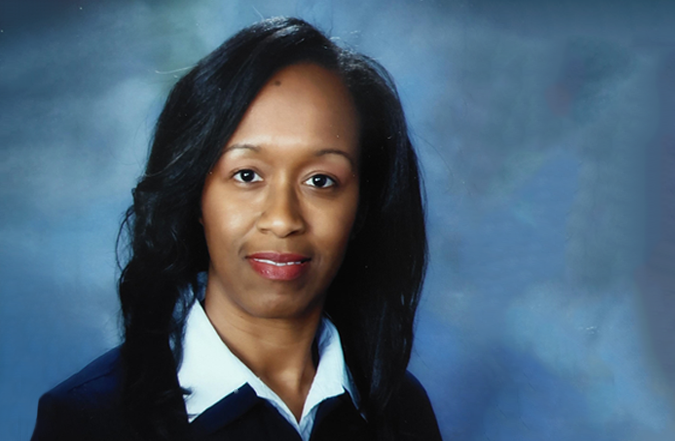
The year is 2001. A new caseworker named Greta Archbold has been assigned to a specialized unit focusing on kinship care in New York City. On her caseload are a brother and sister in middle school.
After a year in foster care, she learns that the kids have an aunt who is willing and able to take custody of them. The aunt lives in Maryland and the kids are in New York, so an ICPC is required. She checks in with the kids and they want to live with their aunt. After the agency completes a safety check and home study, Greta is able to complete the permanency plan, relieved that the kids have ended up with family.
Fast forward two decades and Greta is now working in the New York City regional office overseeing training for caseworkers and administrators. She recently took part in the AdoptUSKids MPLD program, where she focused her research on—you guessed it—kinship care.
“It has kind of always been something that I’ve held near and dear in my life and work.”
We sat down with Greta to learn about:
- a training she created to increase kinship placements and
- what other workers can do across the country to prioritize kinship care.
To start with, can you explain the importance of kinship care?
I can see the difference between children who were placed with family and children who weren’t. A lot of times, kids in kinship care may not even realize they’re in care. The only reminders might be when the caseworker visits or if they go to therapy.
But it’s not only that. When you go into the home, you see that the kids are around their aunt or grandparents, for example, and they are comfortable. They are in a familiar environment. I think that this helps, to not be in a place where they have to adjust so much again to a new, strange place with caretakers they don’t know.
Kinship care is definitely helpful for kids emotionally, developmentally, and even physically —physically because we know stress and trauma put physical and emotional strain on children.
And what was your research?
I was seeking to understand how we can increase kinship placements. I focused on how to better prepare our regional office staff to support the provider agencies to do this. If staff aren’t informed about kinship resources and placement options for kin, it’s hard to make informed decisions. I created a training to increase worker knowledge, confidence, and comfort about kinship placements in New York State.
You did a needs assessment before creating the training. What did that show?
It showed the areas where workers needed more help. Those included the desire for more training on the following topics:
- The unique challenges of kinship care and how it challenges family dynamics (90%)
- How to evaluate case record documents for kinship practice improvement needs (90%)
- The unique needs of kinship caregivers (80%)
- How implicit bias can impact the efforts towards kinship placement (80%)
- The difference between formal and informal kinship care (70%)
- The roles of the Kinship Champion and Kinship Specialist for NYC (70%)
After that needs assessment, I was able to move forward with a better understanding of what we could do for workers.
So, what happened next?
I created a training called “Keeping the Kin Connection.” It was piloted to New York State staff. The goal was for participants to gain more knowledge about kinship care, including:
- an understanding of how implicit bias impacts kinship placements,
- the ability to review data to assess kinship practices in a given county,
- and knowledge of kinship resources.
Based on feedback after the training, all participants had a better understanding of kinship options, and a vast majority felt better equipped to look at practices in their area, point families to kinship resources, and combat implicit bias in their placement decisions.
Based on your research, what can workers in other states and jurisdictions do to increase kinship placements?
- Have a kin culture! That means thinking, “How can we make this placement a yes? How can we make this home work?” When home finders go into homes, including kin ones, we’re often taught to look for safety concerns and red flags. Instead, look for how you can make it work.
- Know that just because part of a family is in crisis, that doesn’t mean everyone in the family is. There are often family members who are willing resources.
- Plus, ask about family connections. If you don’t ask, you’ll never know if there are kin connections who are willing and able to help.
- Zooming out, look within your jurisdiction to see what work is already being done. Maybe there are efforts in place that need to be more widely adopted or enhanced.
Final thoughts?
Because I know that children, if they have to be away from their parents, will do better in kinship care, it should be a requirement for us to definitely try kinship placements first. We should be doing what we can to keep families together. It’s better for the children and it’s better for the community.
Kinship care resources from AdoptUSKids
- An explainer for the families you work with: What is kinship care?
- Increasing the number of kinship caregivers in North Carolina
- Keeping kids connected to their culture through kinship placements